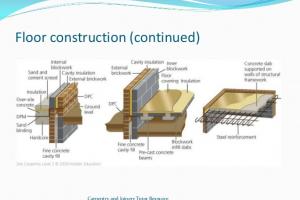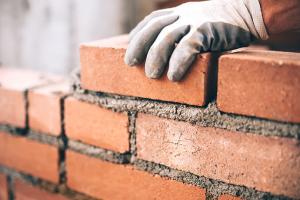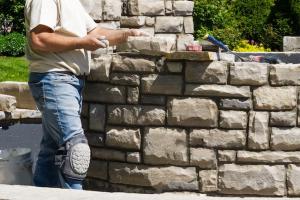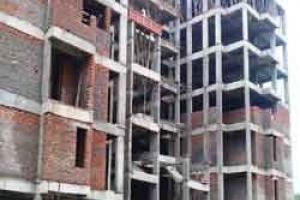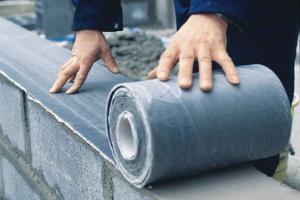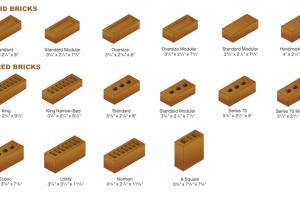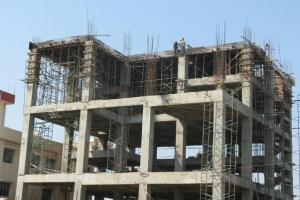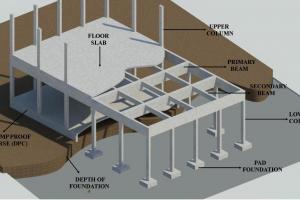Advantages & Disadvantages of Bricks
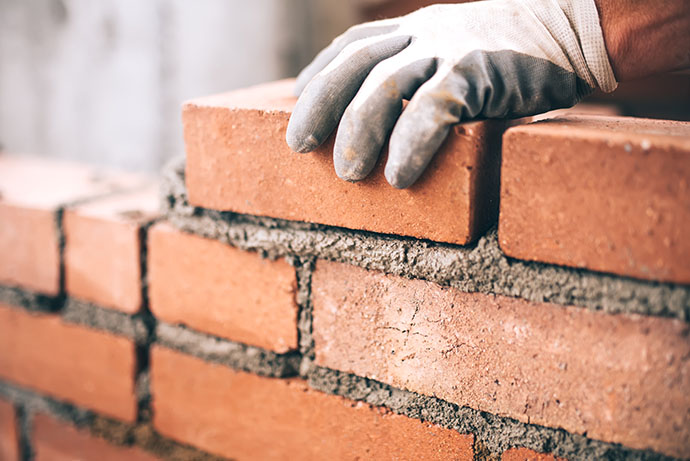
Masonry structures are the oldest structures. These are structure built by using masonry units with mortar. The masonry units may be:
- Clay Bricks
- Concrete Blocks
- Structural Clay Tiles
- Stone masonry
Bricks
Brick is a solid unit of building having standard size and weight. Its history traces back thousand years (almost 7500 BCE). Clay bricks made of fired clay. The composition of clay varies over a wide range. Usually clays are composed mainly of silica (grains of sand), alumina, lime, iron, manganese, sulfur, and phosphates, with different proportions. Clay bricks have an average density of 125 pcf. Bricks are manufactured by grinding or crushing the clay in mills and mixing it with water to make it plastic. The plastic clay is then molded, textured, dried, and finally fired.
Bricks are manufactured in different colors, such as dark red, dark brown, or dull brown, depending on the fire temperature during manufacturing. The firing temperature for brick manufacturing varies from 900°C to 1200°C (1650°F to 2200°F).
Uses of Bricks
1. As a Structural Unit
Since the clay bricks or burnt bricks are strong, hard, durable, resistive to abrasion and fire, therefore, they are used as a structural material in different structures:
- Buildings
- Bridges
- Foundations
- Arches
- Pavement (Footpath, Streets)
- Brick Flooring
2. As an Aesthetic Unit/Surface Finish
Bricks can be used in different colors, sizes and orientations to get different surface designs. As an aesthetic material bricks can be used:
- In Pavements
- As Facing Brick
- For Architectural Purposes
3. As a Fire Resistant Material
Advantages of Bricks
- Economical (Raw material is easily available)
- Hard and durable
- Compressive strength is good enough for ordinary construction
- Different orientations and sizes give different surface textures
- Very low maintenance cost is required
- Demolishing of brick structures is very easy, less time consuming and hence economic
- Reusable and Recyclable
- Highly fire resistant
- Produces less environmental pollution during manufacturing process
Disadvantages of Bricks
- Time consuming construction
- Cannot be used in high seismic zones
- Since bricks absorb water easily, therefore, it causes fluorescence when not exposed to air
- Very Less tensile strength
- Rough surfaces of bricks may cause mold growth if not properly cleaned
- Cleaning brick surfaces is a hard job
- Color of low quality brick changes when exposed to sun for a long period of time



